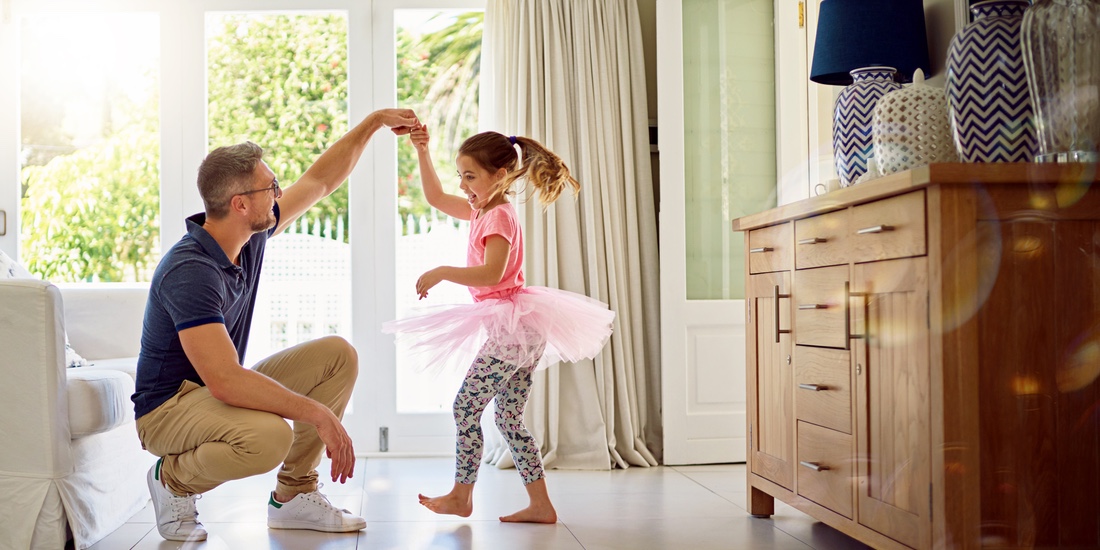Imagine a magical world where children are internally motivated to be kind and generous. It’s doable!
Learn
Big Picture
First, it is absolutely possible to internally motivate children – to help them learn to make good choices because it is the right thing to do (not because they will be rewarded for doing so).
Second, it is not easy.
Third, we are human and being ideal is not always feasible. For young children, some extrinsic motivation coupled with your intentional comments can be helpful.
– Elizabeth de Roo
Basic Concepts
- Help your child see the connection between their emotions and actions – when they are happy.
- We often and easily connect emotions and actions when a child is upset or frustrated. But how often do we make this connection when a child is joyful? By simply letting your child know what you notice about their body when they are happy (how they move, talk, make decisions, etc.) will help them also see this connection, and reinforce that positive behavior.
- “I saw you dancing to the music and it looked like you were really enjoying yourself.”
- “We laughed so hard when we were playing together; that was a lot of fun. I can’t wait to do that again.”
- We often and easily connect emotions and actions when a child is upset or frustrated. But how often do we make this connection when a child is joyful? By simply letting your child know what you notice about their body when they are happy (how they move, talk, make decisions, etc.) will help them also see this connection, and reinforce that positive behavior.
- Give your child as much attention when they are behaving well as when they’re misbehaving.
- Children often receive the (contradictory) message that a grown-up will give them more attention when they act out instead of when they are playing well by themselves, which reinforces negative instead of positive behavior.
- While it’s important for children to be independent and develop focusing skills by playing on their own, make sure to also give your child attention when they’re playing well.
- Every now and then, join in the play. “That looks like fun! I’d like to join you.”
- Children often receive the (contradictory) message that a grown-up will give them more attention when they act out instead of when they are playing well by themselves, which reinforces negative instead of positive behavior.
- Aim for a 6:1 ratio of positive to negative comments.
- There is a large body of research focused on the preferred ratio of positive to negative comments to encourage positive behavior. Although most of the data refers to adult couples and business settings, it’s a good reminder to be mindful of the amount of praise and positive words (vs. criticism and correction) you share. Try counting your ratio – what did you notice?
Just Remember
- Help your child see the connection between their emotions and actions – when they are happy.
- Give your child as much attention when they’re behaving well as when they’re misbehaving.
- Aim for a 6:1 ratio of positive to negative comments.
Do
Process → Reflect → Model
Use this to help your child notice and demonstrate the behavior you’d like to see.
Process → Reflect
Help your child focus on things / situations that have worked.
For example:
- “I noticed that when you asked Jill for that toy, instead of grabbing it, she said ‘Yes’ and gave it to you.”
- “I appreciate how you told your brother that you were very upset with him, instead of using your body.”
- “I saw your friend give you a big smile when you gave her your picture. That must have felt good.”
Model, Model, Model!
Define the behavior you’re hoping to see → Make sure YOU are modeling it.
Everyday examples:
- Ensure that we, ourselves, are consistently saying “Please” and “Thank you” (and other common manners), if we’re asking it of our children.
- It’s powerful for children to hear how grown-ups self-regulate. For example:
- “I’m feeling angry right now so I’m going to take five deep breaths on the couch.”
- “I am really disappointed by what happened. I’m going to sit for five minutes in the Cozy Corner to re-center.”
- “I’m really frustrated that I’ve asked the same things many times. It’s important that you listen to me. We need to get our shoes on, or else we’ll be late for carpool.”
- Walk the talk when it comes to ‘sharing’ or ‘taking turns’ in your routine activities (e.g., when you’re cooking together, building LEGO structures, enjoying a family-style dinner, etc.). Actively notice acts that you do that you’d like to see with your child. For example, “I’m finished using this whisk now for the eggs. Brett, would you like to use it for the batter? It’s your turn.”
